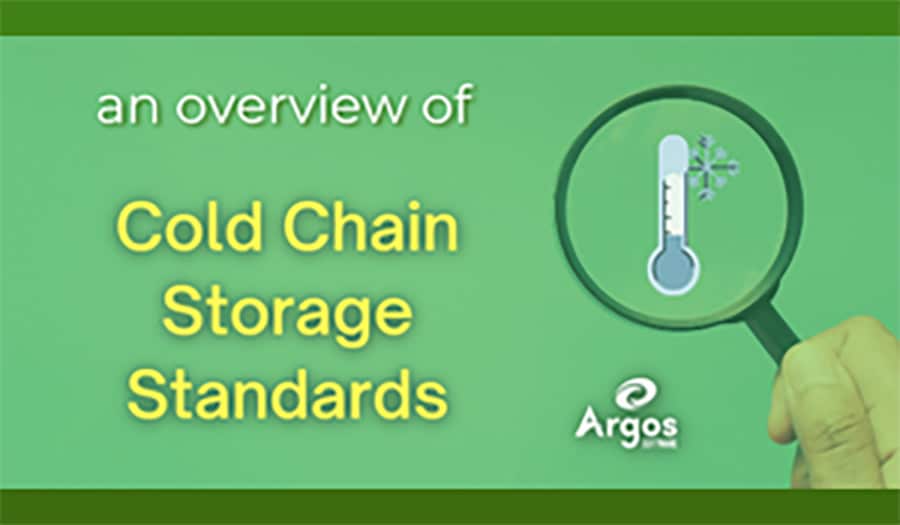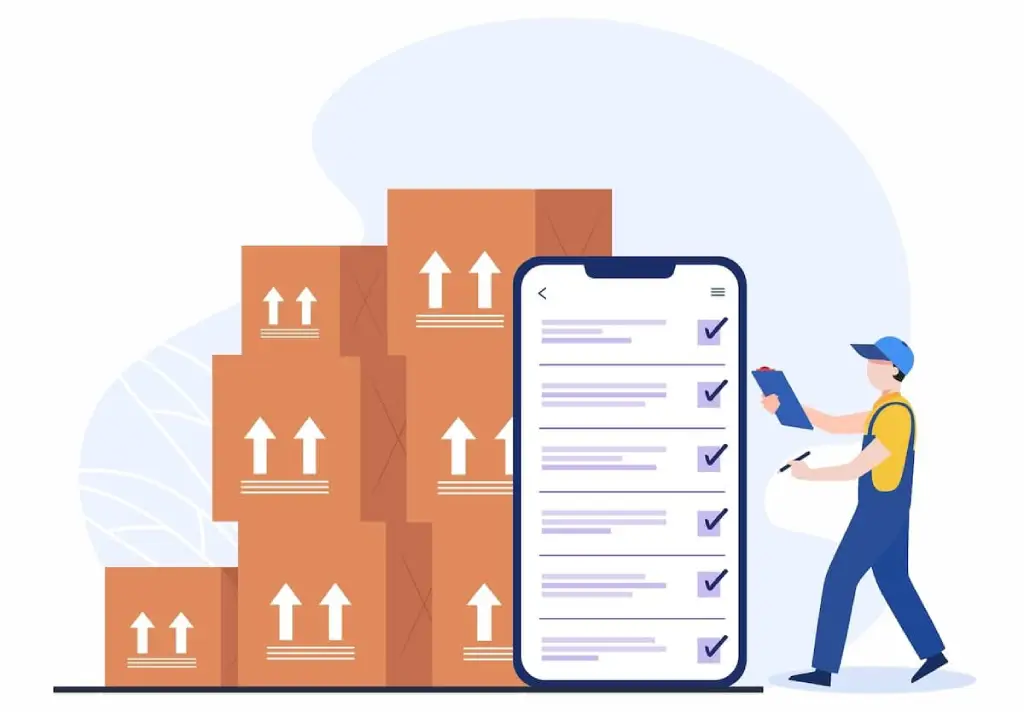
The purpose of cold chain production is to keep products in a cool, dry, and controlled environment throughout their life cycle. This is called cold chain storage – cutting the risk of spoilage and slowing product decay. The goal is to control ambient temperature, humidity, bugs (insects and rodents), airborne bacteria, lighting, mold, and fungus growth within predetermined ranges.
Proper cold storage is critical to the success of warehouses housing and distributing products that fall into the cold chain category as well as agricultural companies and more.
Cold Chain Definition
The cold chain involves the environmental management of perishable products. Specific storage requirements must be met in order to maintain the quality and safety of each product in the warehouse. Required conditions include regulation of temperature, lighting, and humidity, to name a few. Products typically included in the cold chain category are perishable commodities like:
- Live plants
- Seeds
- Perishable food and beverages
- Pharmaceuticals and vaccines
- Medical products
- Candles
- Cosmetics and Cologne
- Artwork
Receiving Cold Storage Products at the Warehouse
For 3PLs, cold chain responsibilities begin at the receiving dock. Upon arrival, goods must be checked in, inspected, weighed, labeled, and cached according to assigned storage specifications. A superior WMS (warehouse management system) software like Argos can provide real-time updates when products are scanned into the system upon receipt, eliminating manual input.
When being placed in storage, stock rotations must be considered for FIFO (First In First Out), LIFO (Last In First Out), FEFO (First Expiry First Out), or other lot order fulfillment as specified. Once these steps are taken, inventory is then available for distribution while still following overall cold chain requirements.
Growers and the Cold Chain
While greenhouses often aim to protect products from the cold, there are products that can be kept fresh and/or viable longer in a temperature-controlled environment. For example, Utah State University recommends seeds be stored at 35-40°F with a relative humidity of less than 40%. In the summer, high heat can damage seedlings, sod, and young plants, just as it can melt chocolate or candles in a non-air-conditioned warehouse.
Tips for Maintaining Cold Chain Compliance
Understanding your customers’ cold storage specifications upfront is very important. Are there specific environmental requirements for storing each product line? Will new merchandise be added seasonally that has different storage requirements? Are there regular compliance reporting protocols to be followed?
Once compliance regulations are defined and customer expectations are established, regular environmental monitoring begins. To maintain all health, safety, and quality standards, systems that offer real-time monitoring, alerts, and historical data (often required by governing or regulatory agencies) are vital. The best WMS or enterprise software can work with your control framework to provide current and historical environmental data reports.
Argos Software, for example, has the fields needed to record and report on data received from your monitoring systems. Our built-in alerts are very useful in proactively notifying you if system results approach either end of an acceptable range.
Maintaining equipment that provides environmental control of your cold storage areas is also important to eliminate any future problems with inventory quality. Cold storage design, supply, and installation company Stancold UK offers the following list of tips to improve cold chain storage efficiency:
- Keep condenser units clean
- Ensure doors are sealed
- Check evaporator coils regularly
- Keep an eye on walls and ceiling
- Use proper lighting for each type of product
- Continually monitor temperature
- Have an inspection and maintenance schedule
The cold chain is all about storage, packaging, and distribution. It’s about ensuring the safety of your products along their journey to the customer. We hope this post has given you a more in-depth look at cold storage operations. If you have questions on how your 3PL warehouse management software or your software for growers can help with your cold storage monitoring, contact Argos today.




